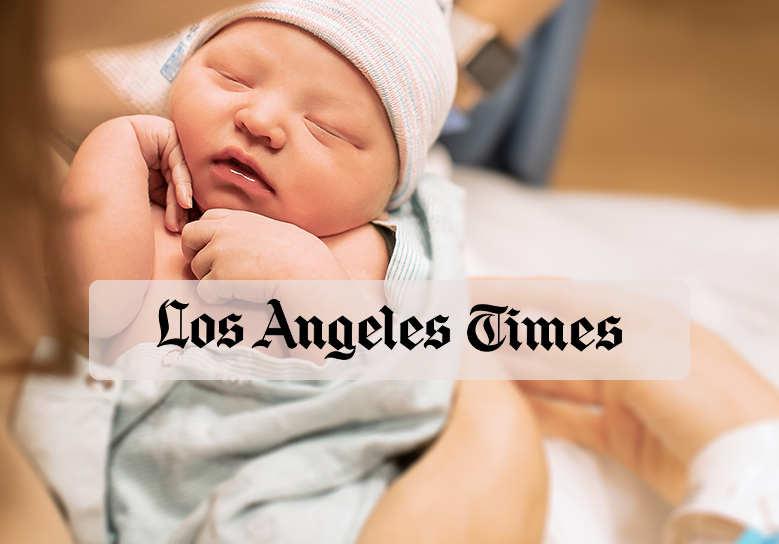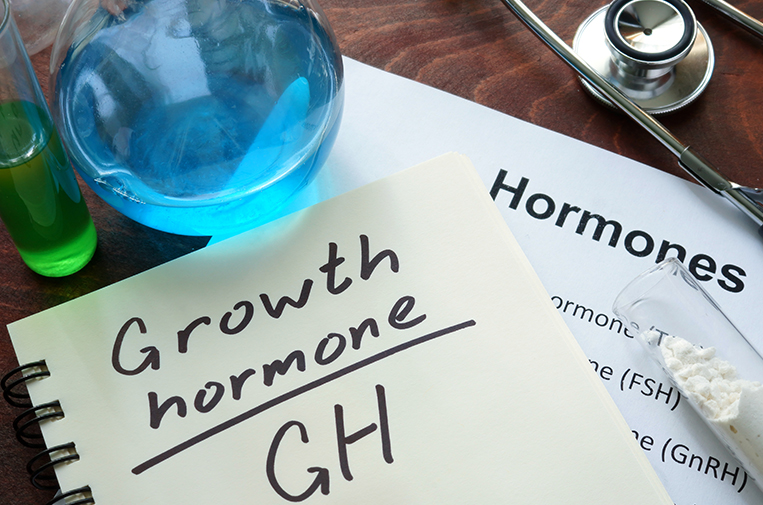Recently there has been much hype on the internet about Natural Cycle IVF or Minimal Stimulation IVF. I have more and more patients asking about these variations in in vitro fertilization (IVF) treatment.
These treatments are similar to standard IVF, but without the use of injectable medications (Natural Cycle IVF), or using a combination of oral and low-dose injectable medication (Minimal Stimulation IVF). It may sound appealing for those who do not like medication, however, these treatments still require all the other costly and demanding aspects of Standard IVF; frequent appointments, a surgical procedure to retrieve the eggs, and intense work from the IVF Laboratory for embryo development. So the cost of the treatment, other than the cost of the medication, is about the same as Standard IVF, but the pregnancy rates are significantly lower.
During a normal monthly reproductive cycle, a woman grows and matures a single egg. In a standard IVF cycle, a woman takes 8-10 days of injectable medication to stimulate both of her ovaries to grow and mature multiple eggs. Three to six ultrasound and blood work appointments are needed during her ovarian stimulation to adjust her medication and determine when the eggs are mature. The egg retrieval procedure is then performed under anesthesia to remove the eggs from the ovaries and fertilize them in the laboratory. The fertilized embryos are then grown in the laboratory for 3-5 days in order to determine which embryos are most likely to result in a pregnancy, and some of those embryos are then transferred to the uterus. The remaining embryos of good quality can be frozen for future use.
Since both Natural and Minimal Stimulation IVF use little or no medication, the ovaries only produce one or a few eggs. Patients still need to have ultrasound and blood work monitoring to determine when the egg(s) are mature. The patient then undergoes the same type of egg retrieval procedure that is done in Standard IVF. If the egg retrieval is successful and one or more eggs are retrieved, an attempt is made to fertilize that egg in the laboratory. If a viable embryo develops, it is transferred back to the uterus.
When you are evaluating these IVF options, you need to look very closely at success rates and cost. Beware of IVF programs that do not give you recent statistics for their program for Natural Cycle/Minimal Stimulation IVF and Standard IVF. Be sure to ask what their pregnancy rate and live birth rates are per initiated cycle. Many Natural Cycle or Minimal Stimulation IVF cycles do not have embryo transfers (because so few or no eggs are retrieved).
Pregnancy and live birth rates for Standard IVF are dramatically higher than Natural Cycle IVF. At RSC, patients under age 38 who transfer a single high-quality blastocyst embryo have a pregnancy rate of close to 60%. One important reason for that high success rate is the retrieval of multiple eggs. The reason Standard IVF uses ovarian stimulation to grow multiple follicles is that not all follicles contain a mature egg, not all mature eggs fertilize, and many fertilized eggs do not grow into healthy, genetically normal embryos that will result in a successful pregnancy. So the chances of having success with treatment are dramatically improved when numerous mature eggs are retrieved. If IVF treatment is done without using medication, or with using low dosages of medication, there is a much higher chance of a cycle being cancelled at each stage before embryo transfer. Approximately 25% of natural cycles have no egg retrieved and nearly half of patients that start a natural IVF cycle will not have an embryo to transfer back to the uterus. The pregnancy rate per cycle started with Natural Cycle IVF is only 10-15%. This is no better than the pregnancy rate we achieve with Intrauterine Insemination (IUI) cycles and IUI is much less costly and does not require a surgical procedure. In addition, patients doing Natural Cycle IVF (and the majority of patients doing Minimal Stimulation IVF) do not have embryos to freeze for a future Frozen Embryo Transfer (FET) cycle (because of few eggs). In our center, FET cycles have a pregnancy rate very similar to Standard IVF cycles without the stimulation medications or egg retrieval and at one-quarter the cost of a Standard IVF cycle.
Some doctors and patients claim that Natural Cycle IVF is less stressful because it does not require injectable medication. However, you still need to do most of the morning monitoring appointments and have to go through the egg retrieval surgery.
Natural Cycle IVF (and Minimal Stimulation IVF) costs less than a Standard IVF Cycle because it uses fewer expensive medications. However, medications are not the biggest expense in a Standard IVF Cycle. The high cost is due to the monitoring, egg retrieval, and laboratory costs. The experience and quality of the IVF Lab are critical to IVF success and maintaining an excellent IVF lab with the latest equipment and highly trained staff is costly. Whether or not your IVF cycle is stimulated, you will still be relying on the work of the IVF Lab. Because of this, in our center Natural Cycle IVF is not so much less expensive than Standard IVF.
If you are looking at value, rather than just the cost of a single cycle, for the money you spend on a Standard IVF cycle, your chance for pregnancy and live birth is three to four times greater than with a Natural Cycle IVF treatment. Add to that the potential of having frozen embryos with a Standard IVF cycle and the value is even greater. Frozen embryos not only provide you with another chance for pregnancy if the first cycle doesn’t work, but they also provide you with the possibility of having additional children years in the future, when another cycle of Standard IVF will likely not be as successful when you are older.
Some would argue that undergoing IVF with ovarian stimulation medication does carry one risk that Natural Cycle IVF does not have, Ovarian Hyperstimulation Syndrome. This can happen when a woman’s body over-responds to the stimulation medication. This can cause swelling of the ovaries and abdomen sometimes with buildup of fluid in the abdomen. In rare severe cases, it can lead to more serious health problems. Most cases of ovarian hyperstimulation are mild or moderate and resolve on their own over a short time. At RSC, we only see severe ovarian hyperstimulation in approximately 1% of IVF cycles because we monitor patients closely and reduce the dose of medication if a patient is over-responding.
Proponents of Natural Cycle IVF also mention that it avoids the risk of multiple pregnancies because there is usually only one embryo to transfer. At RSC we are conservative in the number of embryos we recommend transferring, and in young women with high-quality embryos with Standard IVF Cycles we recommend ESET or Elective Single Embryo Transfer. We have found that this greatly reduces the risk of multiple pregnancies with IVF.
Ultimately patients going through IVF treatment need to weigh all of the factors discussed above to decide how to proceed with IVF. If you are looking at treatment with a center that promotes Natural Cycle of Minimal Stimulation IVF, ask them for their recent statistics to compare apples to apples. At RSC, when we look at the pros and cons, costs, and success rates of the various IVF options, we feel that Standard IVF Cycles are best for the vast majority of patients undergoing IVF treatment. It gives patients the most successful, cost-effective chance to reach their goal of having a family in the shortest amount of time.





